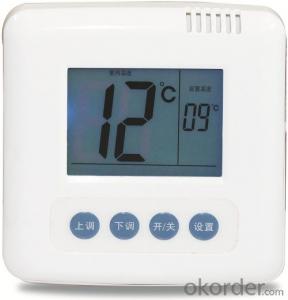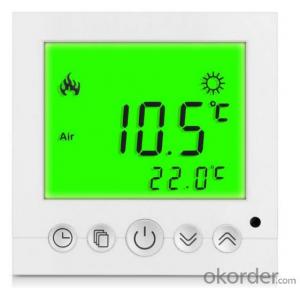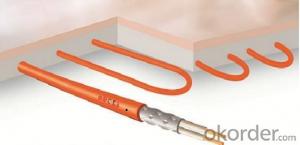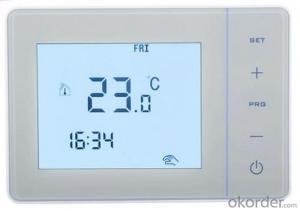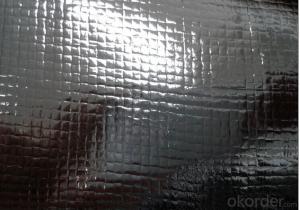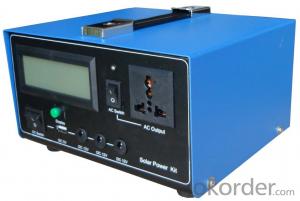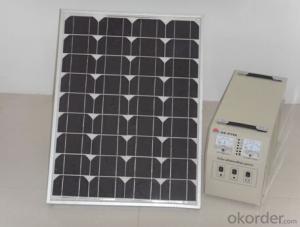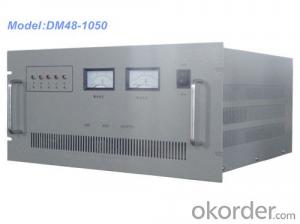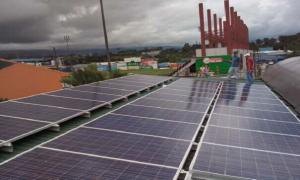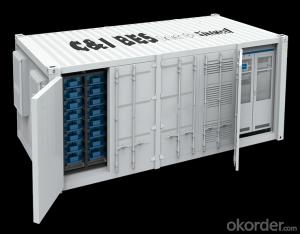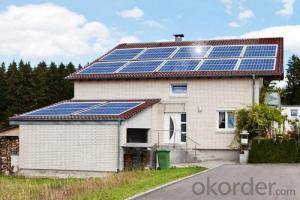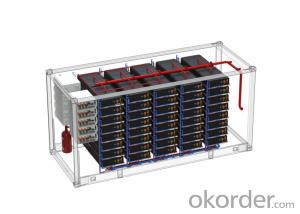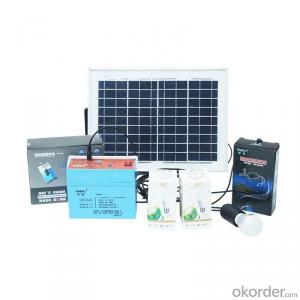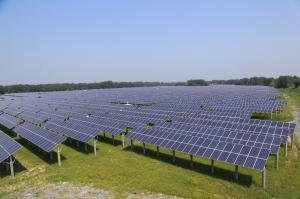5kva Inverter Solar System
5kva Inverter Solar System Related Searches
Primer For Galvanized Steel H S Code For Stainless Steel Wd 40 For Stainless Steel Spray Paint For Stainless Steel Glue For Stainless Steel Step Bit For Stainless Steel Magnets For Stainless Steel Caulking For Stainless Steel Steel Vessels For Kitchen Best Solar Inverter For HomeHot Searches
Steel Mesh Panels For Sale Cheap High Tea Sets For Sale High Density Fiberboard For Sale Solar Hot Water Collectors For Sale Scaffolding For Sale In Uae Scaffolding For Sale In Ireland Scaffolding For Sale In Houston Type Of Inverter For Solar Price Of Shipping Containers For Sale Used Solar Inverter For Sale Portable Led Signs For Sale Stone Hot Water Bottles For Sale Large Led Screens For Sale 1/4 Aluminum Plate For Sale H4 Led Headlight Bulbs For Sale Flexible Solar Cells For Sale Air Pump For Aquarium Price Inverter Size For Solar System Solar Edge Inverter For Sale Aluminum Bar Stock For Sale5kva Inverter Solar System Supplier & Manufacturer from China
Okorder.com is a professional 5kva Inverter Solar System supplier & manufacturer, offers integrated one-stop services including real-time quoting and online cargo tracking. We are funded by CNBM Group, a Fortune 500 enterprise and the largest 5kva Inverter Solar System firm in China.Hot Products
FAQ
- Yes, solar energy systems can be used in areas with high seismic activity. However, it is essential to design and engineer these systems to withstand seismic forces. This can be achieved by utilizing specialized mounting structures, such as ballasted or anchored systems, and ensuring proper installation and maintenance. Additionally, advanced technologies like micro-inverters or power optimizers can enhance the system's resilience by minimizing the impact of potential module shading or damage caused by seismic events. Overall, with proper planning and precautions, solar energy systems can be successfully implemented in areas prone to high seismic activity.
- Absolutely, community centers or social organizations can definitely utilize solar energy systems to power their facilities. Solar energy is an eco-friendly and renewable power source that can cater to various electricity needs such as lighting, heating, and running electrical appliances. To meet the electricity requirements of their members or visitors, community centers and social organizations often consume a significant amount of energy. By installing solar panels on their rooftops or in nearby open spaces, these organizations can generate their own electricity and reduce their reliance on the traditional power grid. One of the major advantages of utilizing solar energy systems is the long-term cost savings they offer. Although the initial installation costs may be higher compared to conventional power sources, solar panels have a lifespan of 25-30 years and entail minimal maintenance. Consequently, over time, the investment made in solar energy systems can be recouped through reduced electricity bills. Additionally, solar energy systems are environmentally friendly as they produce no greenhouse gas emissions during operation. By harnessing solar power, community centers and social organizations can play a role in mitigating climate change and diminishing their carbon footprint. In areas prone to frequent power outages, solar energy systems can provide a reliable source of electricity. By incorporating battery storage systems, excess solar energy can be stored and utilized during periods of low or no sunlight, ensuring uninterrupted power supply to the community center or social organization. Furthermore, solar energy systems can serve as an educational tool for social organizations to raise awareness about renewable energy and sustainability. By showcasing the advantages and viability of solar power, these organizations can inspire community members to consider adopting clean energy solutions in their own homes and businesses. In conclusion, solar energy systems are a feasible and sustainable option for powering community centers or social organizations. They offer cost savings, environmental benefits, reliability, and educational opportunities. By embracing solar power, these organizations can set an example and contribute to a more sustainable future.
- Yes, solar energy can be used for heating purposes. Solar thermal systems, which utilize the heat from the sun, can be installed to heat water for domestic use or to provide space heating.
- Certainly, extreme weather conditions pose no challenge for a solar energy system. Solar panels boast a sturdy design that enables them to endure diverse weather phenomena, such as scorching heat, freezing cold, fierce winds, heavy downpours, and even snowfall. These panels are crafted with tempered glass and often undergo rigorous testing to ensure their resilience against hailstorms or excessive snow loads. Moreover, solar panels are securely installed to withstand powerful gusts and are engineered to resist corrosion. In essence, although extreme weather conditions may slightly affect solar energy production, solar energy systems are purposefully constructed to persist and function optimally in various weather conditions.
- The tilt of solar panels plays a significant role in determining their performance and overall efficiency. The optimal tilt angle for solar panels depends on various factors such as geographical location, season, and application. The primary reason why the tilt angle is crucial is to maximize the amount of sunlight that the solar panels can capture. Solar panels work by converting sunlight into electricity, and the angle at which they are tilted affects the amount of sunlight they receive. In general, solar panels generate the most electricity when they are perpendicular to the sun's rays. This means that during the peak hours of sunlight, panels tilted at an optimal angle will receive the maximum solar radiation. If the angle is too steep or too shallow, the amount of sunlight that the panels can capture decreases, thus reducing their performance. The optimal tilt angle also varies depending on the season. In summer, when the sun is higher in the sky, a steeper tilt angle may be more suitable to capture maximum sunlight. In contrast, during winter, a shallower tilt angle can help ensure that the panels receive sunlight even with lower sun angles. Geographical location is another crucial factor that influences the tilt angle of solar panels. The closer a location is to the equator, the less variation there is in the sun's angle throughout the year. Therefore, the optimal tilt angle for solar panels may be closer to the latitude of the location. For example, in equatorial regions, solar panels are often mounted nearly flat to maximize their exposure to the sun's rays. In addition to maximizing sunlight exposure, the tilt angle also affects the self-cleaning capability of solar panels. Rainfall can help wash away dirt and debris from the panel's surface, preventing the buildup of grime that can reduce their efficiency. A proper tilt angle can facilitate the natural cleaning process by allowing rainwater to flow down the surface more effectively. In summary, the tilt angle of solar panels directly affects their performance. With the right tilt angle, solar panels can capture the maximum amount of sunlight, leading to higher electricity generation. Considering the geographical location, season, and desired performance, it is crucial to determine an optimal tilt angle to maximize the efficiency and overall output of solar panels.
- Indeed, greenhouses can most certainly utilize solar energy systems for power. The installation of solar panels on the greenhouse's roof or walls allows for the capture of sunlight, which is then converted into electricity. This renewable energy can subsequently be employed to power various greenhouse systems, such as lighting, cooling, heating, and ventilation. Solar energy provides several advantages for greenhouse power. Firstly, it serves as a clean and sustainable energy source, aiding in the reduction of greenhouse gas emissions and minimizing environmental impact. Secondly, solar power is both abundant and reliable, particularly in regions blessed with abundant sunlight. Consequently, greenhouses can enjoy a consistent and uninterrupted power supply, even if they are situated in remote or off-grid locations. Moreover, the integration of solar energy systems can contribute to decreased operating costs for greenhouse owners. After the initial investment in solar panels and equipment, ongoing energy expenses are significantly lower compared to traditional fossil fuel-based systems. This can result in substantial long-term savings, particularly for larger-scale commercial greenhouses. Additionally, solar energy systems can be combined with energy storage solutions like batteries to store excess energy generated during daylight hours. This stored energy can then be utilized during overcast periods or at night, ensuring an uninterrupted power supply for the greenhouse. In conclusion, solar energy systems are a viable and sustainable choice for powering greenhouses. They offer a multitude of advantages, including reduced environmental impact, a reliable energy supply, cost savings, and the ability to integrate with energy storage solutions.
- The cost of solar energy systems can vary significantly depending on various factors such as the size of the system, location, quality of equipment, and installation costs. On average, residential solar energy systems can range from $10,000 to $30,000, but it's important to get a personalized quote from a reputable solar provider to get an accurate cost estimate for your specific needs.
- Electromagnetic interference (EMI) can have a significant impact on the performance of solar panels. EMI refers to the disturbance caused by electromagnetic radiation from various sources, such as power lines, electronic devices, or radio waves. This interference can disrupt the normal functioning of solar panels and reduce their overall efficiency. One of the primary effects of EMI on solar panels is the degradation of the photovoltaic cells' ability to convert sunlight into electricity. When exposed to electromagnetic radiation, the cells can experience a decrease in their conversion efficiency, leading to a reduction in the amount of power generated. This can have a direct impact on the overall output of a solar panel system, affecting its ability to meet energy demands effectively. Moreover, EMI can introduce electrical noise into the system, which can interfere with the required voltage and current levels necessary for proper operation. This noise can disrupt the control circuits and electronics within the solar panel system, leading to inaccurate measurements and potential malfunctions. In extreme cases, excessive EMI can even cause damage to the electronic components of the solar panel, further reducing its lifespan and performance. To mitigate the impact of EMI on solar panels, various measures can be taken. Shielding techniques, such as the use of metallic enclosures or conductive coatings, can help reduce the external electromagnetic radiation reaching the solar panels. Additionally, proper grounding and isolation of sensitive electronic components can minimize the interference caused by internal electrical noise. In conclusion, electromagnetic interference can have a detrimental impact on the performance of solar panels. It can reduce their conversion efficiency, introduce electrical noise, and potentially damage electronic components. By implementing appropriate shielding and grounding measures, the negative effects of EMI can be mitigated, ensuring optimal performance and longevity of solar panel systems.
